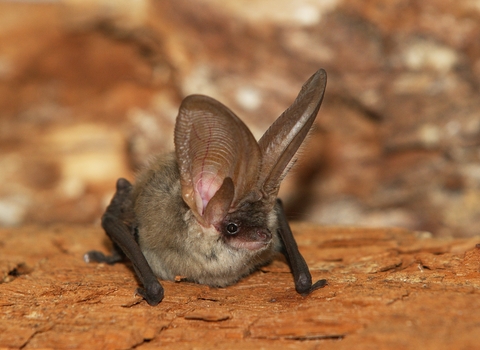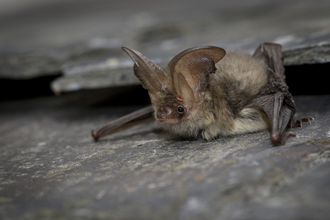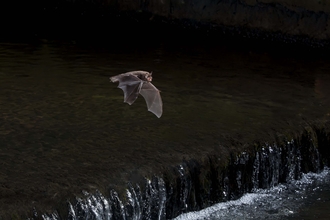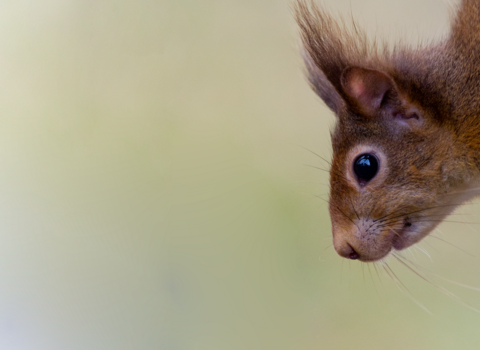
© Rudo Jureček CC BY-NC-SA 2.0 https://creativecommons.org/licenses/by-nc-sa/2.0/
Grey long-eared bat
The grey long-eared bat certainly lives up to its name - its ears are nearly as long as its body! It mainly forages over grassland and meadows, but is very rare in the UK.
Scientific name
Plecotus austriacusWhen to see
April to OctoberSpecies information
Category
Statistics
Length: 4.1-5.8cmWingspan: 25-30cm
Weight: 7-12g
Average lifespan: 5-9 years
Conservation status
Protected in the UK under the Wildlife and Countryside Act, 1981. European Protected Species under Annex IV of the European Habitats Directive.
Habitats
About
The grey long-eared bat is a southern European species and, consequently, is very rare in the UK which is at the northern edge of its range. It emerges from its roost in the dark, after the sun has set, to forage on moths, flies and small beetles, using echolocation to locate its prey.It forages over grasslands, woodland edges and large gardens. During summer, mixed-sex maternity colonies are formed, and the females have their pups. Grey long-eared bats hibernate over the winter in caves, disused mines and cellars.




